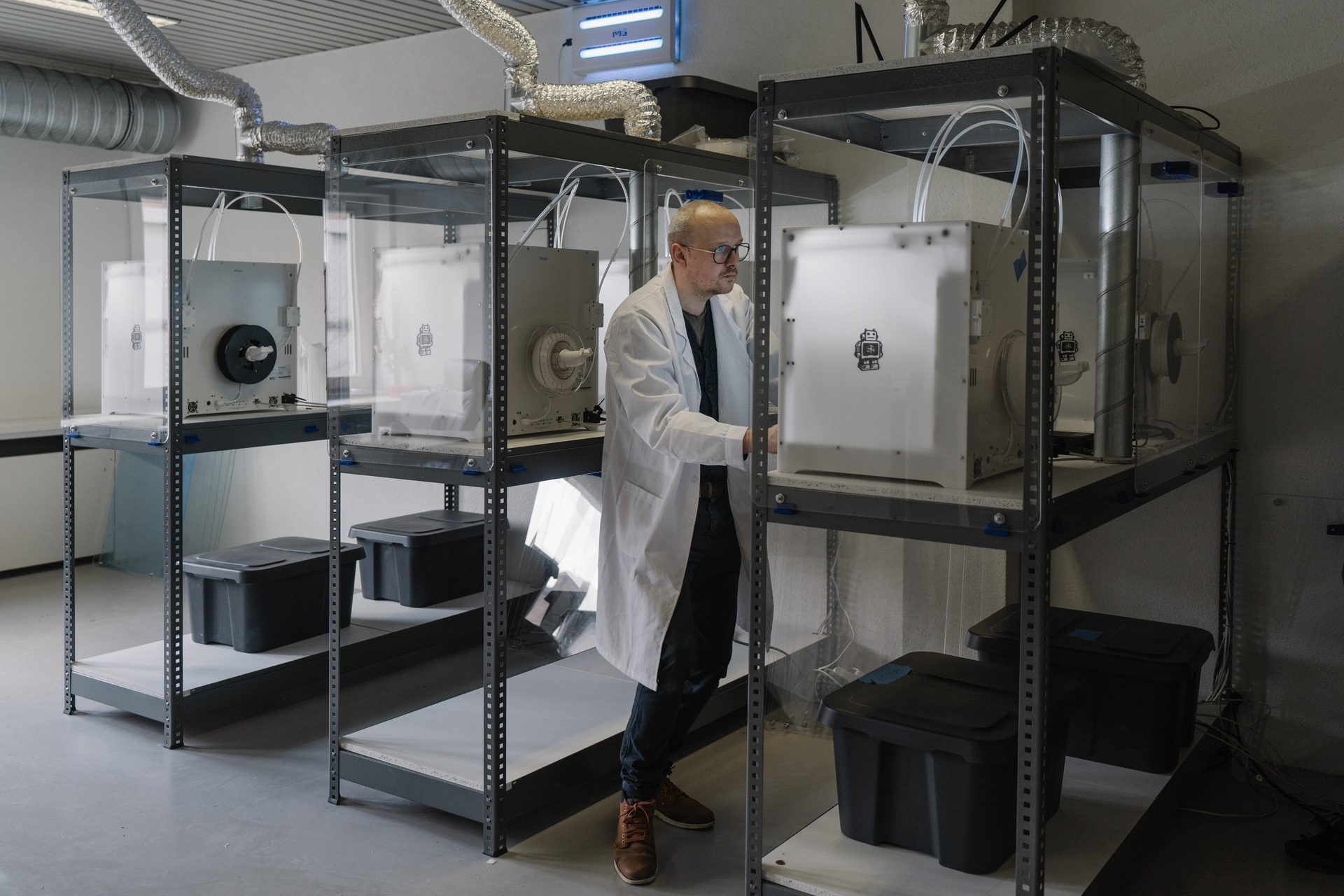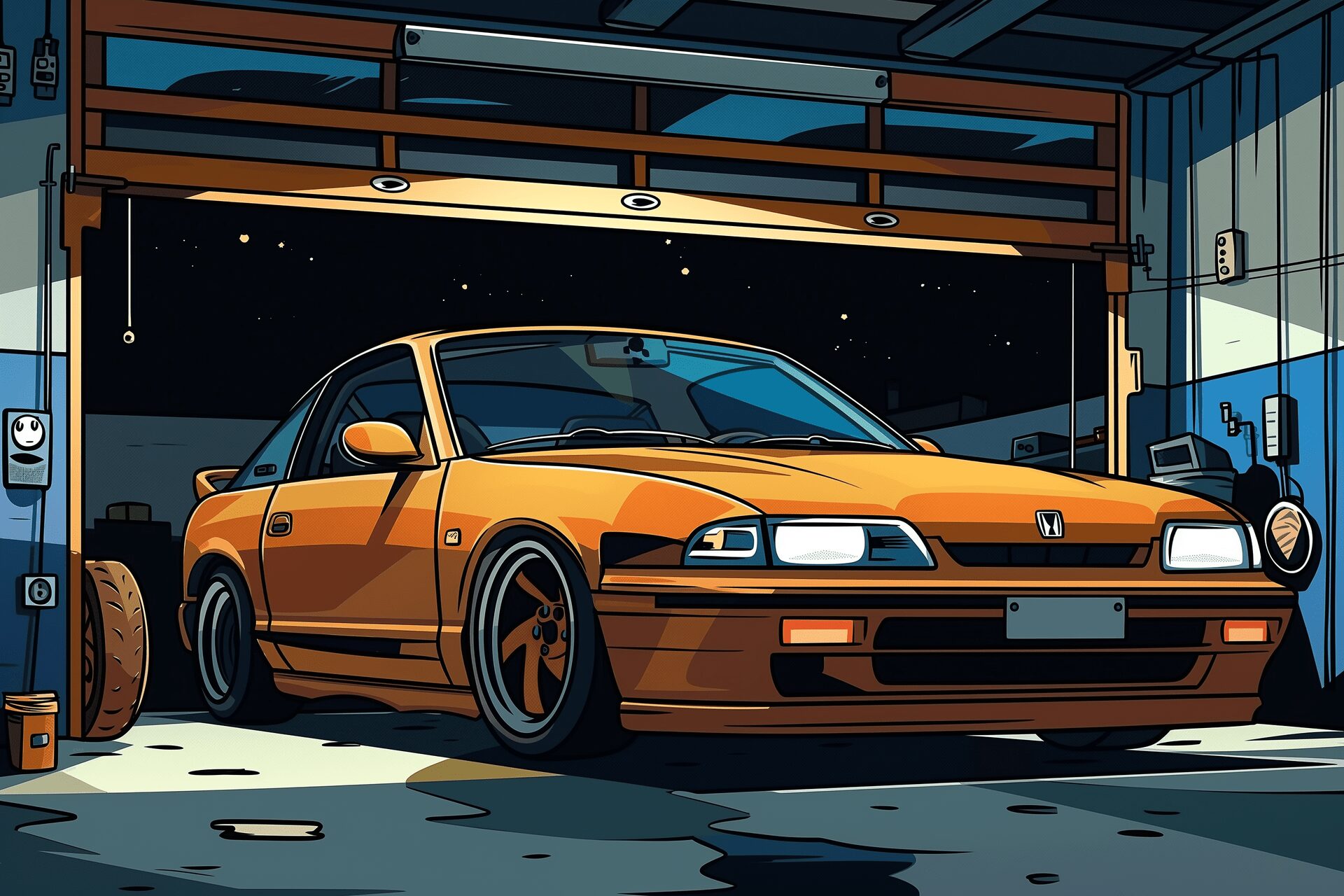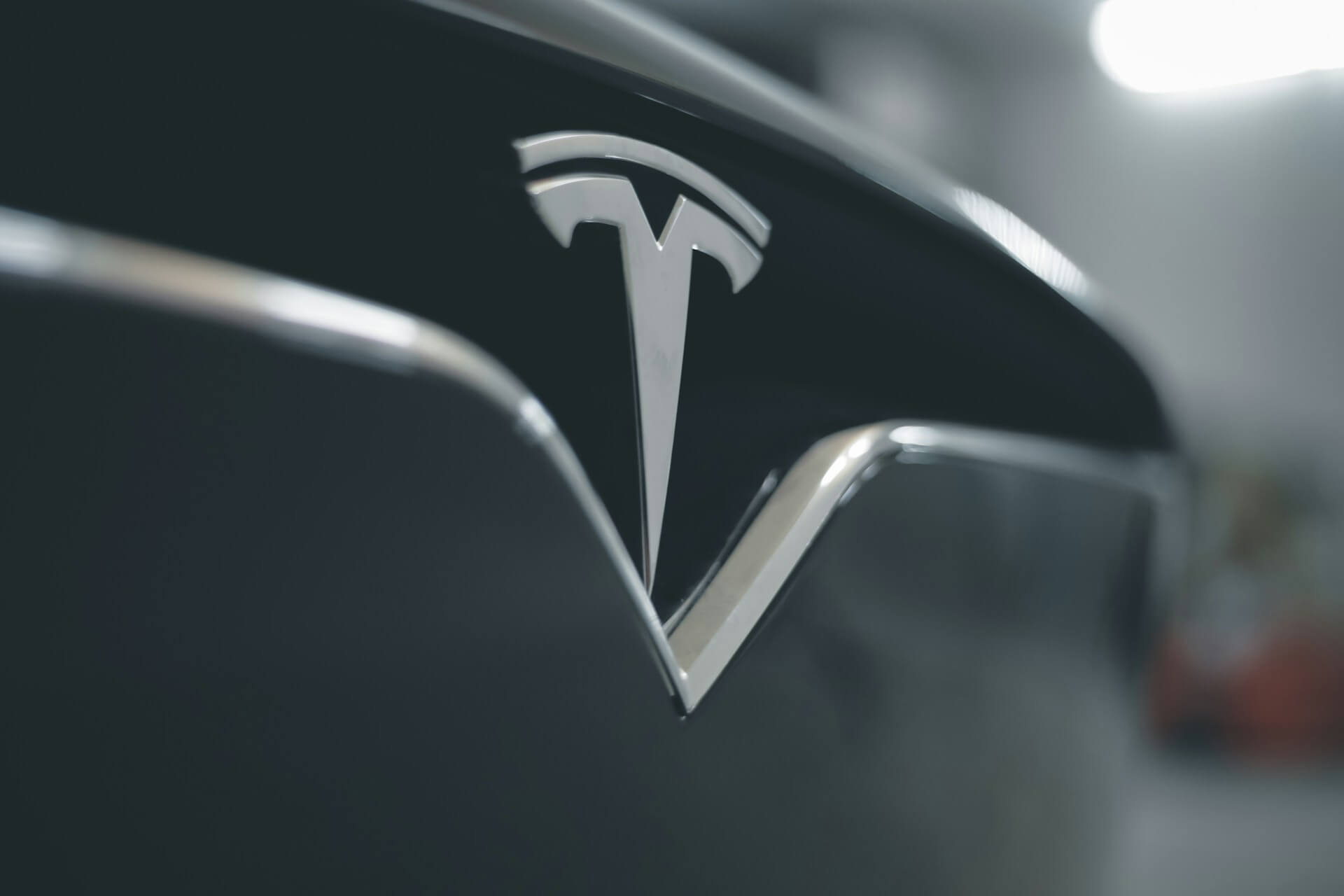Could 3D Printed Cars Soon Be a Reality?
Jul 06, 2023

As an Amazon Associate, Modded gets commissions for purchases made through links in this post.
3D printing has the potential to revolutionize many industries, including consumer electronics, construction and of course, automobiles. Big and small manufacturers alike are already producing 3D printed cars and car parts — although they aren’t yet available to the public. Could publicly available 3D printed cars soon be a reality? Recent developments certainly give reason for optimism.
Custom 3D Printed Cars
Car prototypes from previous generations were just that — prototypes. But now with 3D printing, we can bring custom vehicle concepts to life. This technology has helped with the development of futuristic vehicles that are now available to the average consumer.
When original equipment manufacturers (OEMs) don’t have time for experimentation, they turn to independent automakers like Vital Auto in the United Kingdom. 3D printing enables Vital to turn vehicle ideas, initial sketches, drawings, or technical specifications into a fully realized physical form. Vital’s plan including the following 3D printer varieties:
- 14 large-format fused deposition modeling (FDM) printers
- Three 3L large-format stereolithography (SLA) 3D printers
- Five Fuse 1 selective laser sintering (SLS) 3D printers
3D printing not only helps the team create better products faster, but also attracts new business. Vital found that many of their customers turn to them because they want to have access to the latest technologies and they want to have their components made using the latest cutting-edge materials.
Prototyping a new car or improving existing models has always been a time-consuming process. Once the design is down on paper, it’s up to engineers and artists to make it a reality. This can be a quick process for small models, but the prototyping process can take up to three months for large or detailed ones. 3D printing car parts can reduce the time it takes to prototype something new to a handful of days.
These prototypes aren’t just limited to plastic models models anymore. Modern printers can manufacture designs in plastic, resin, metal, glass or even complex materials like graphene, carbon fiber and Kevlar. Anything an engineer or automotive designer can come up with in a 3D modeling or computer-aided design (CAD) program can be turned into reality in less than a week.
3D Printed Motorcycles
BigRep, a Germany-based company, has created an entirely 3D printed electric motorcycle called NERA (New-Era). This prototype was designed by the company’s NOWlab innovation lab. According to Daniel Büning, managing director of NOWlab, the bike pushes the boundaries of engineering creativity.
NERA has some amazing features including airless tires, a flexible bumper and a futuristic design. With the exception of the electronic components, all parts of the Nera are 3D printed with BigRep’s FDM technology. For the design of the bike, PLA, Pro FLEX, a flexible TPU-based material, and ProHT filament, capable of withstanding high temperatures, were used.
Increasing Production Speed
Automotive manufacture has become a pinnacle of efficiency ever since Henry Ford introduced the assembly line in 1913. Putting together a car, which used to take upwards of 12 hours, was reduced to a mere two hours and 30 minutes. 3D printing may not reduce that, but it has the potential to improve overall production efficiency, lessening slowdowns and keeping the industry moving forward.
This shift toward faster production will become essential in the following decades as automotive manufacturers move away from internal combustion engines (ICE) and switch their focus to electric vehicles. According to industry experts, ICE cars will continue to grow through 2030 before finally beginning to taper off. When they do, millions will be replaced with fully electric or hybrid models.
Introducing Advanced Materials
Advanced materials like carbon fiber and Kevlar are starting to become more common in automotive manufacturing. For example, Ford is investing in machines from a company called Impossible Objects, which specializes in advanced materials in its 3D printers.
It’s also investing in Desktop Metal, which produces printers that can create car parts with metal, as well as large-size printers that can construct bigger pieces of an automobile. It could even print some of the electronic components used to keep vehicles running.
3D printing in materials other than plastic is beginning to emerge in other industries as well. You can find massive concrete printers that can build an entire house in a couple of days in the construction industry or delicate bioprinters in medicine that enable doctors to print tissues or even organs made from the patient’s own cells. The potential applications for these technologies are limitless.
Vehicle Personalization
One of the coolest things about 3D printing from a consumer perspective is the fact that it gives everyone the ability and opportunity to create something uniquely theirs. The same opportunity will likely exist in the future for automotive personalization and customization. While consumers will still be building on a base model and frame, options can turn that daily driver into something no one has ever seen before.
BMW recently launched a new additive manufacturing campus in Munich, and Mini — one of its brands — is already offering custom-printed 3D panels and accessories that owners can choose from.
Eventually, within reason, consumers may even be able to design their own custom vehicles from the ground up. There will be certain regulations to ensure 3D printed cars are street legal and safe to drive, but the creator’s budget is the only other limitation.
Weight Reduction
The average car can weigh anywhere from 2,900 to 3,500 pounds or more, depending on the make and model. The heavier the vehicle, the worse its fuel efficiency becomes. Fuel efficiency is becoming one of the most important features of new cars with the worldwide push toward sustainability — at least until the industry transitions from internal combustion engines to fully EVs.
Opting for 3D printed parts, especially ones made from plastic or other lightweight materials, can reduce the overall vehicle mass and improve fuel economy in one fell swoop.
Rare Parts Production
Automotive 3D printing isn’t just useful for creating new vehicles. It’s also becoming a valuable tool for keeping classic and antique cars running. This factor is especially true for discontinued models with rare parts that manufacturers don’t make anymore. Porsche Classic, the division of the luxury car company dedicated to maintaining and restoring vintage vehicles, started using 3D printing to produce rare parts for its antique cars.
This is invaluable for classic Porsche owners who might receive something that hasn’t rolled off an assembly line since before they were born and is one of the most unique uses for 3D printing out there. This isn’t the sort of printing that the average hobbyist can do, with Porsche carefully guarding its 3D models. However, it’s a lot more efficient — not to mention safer and easier — than scouring a junkyard for the pieces you need.
3D Printed Cars Will Be on the Street Soon
Given all of these recent developments, it seems safe to say that 3D printed cars will be on the street for public consumption very soon. Manufacturers like Vital Auto, BigRep and Impossible Objects still need to master the use of their 3D printers, while big-name brands like Ford will make the technology mainstream.
It could be just a few years before we see people driving fully 3D-printed cars and motorcycles on a wide scale.





